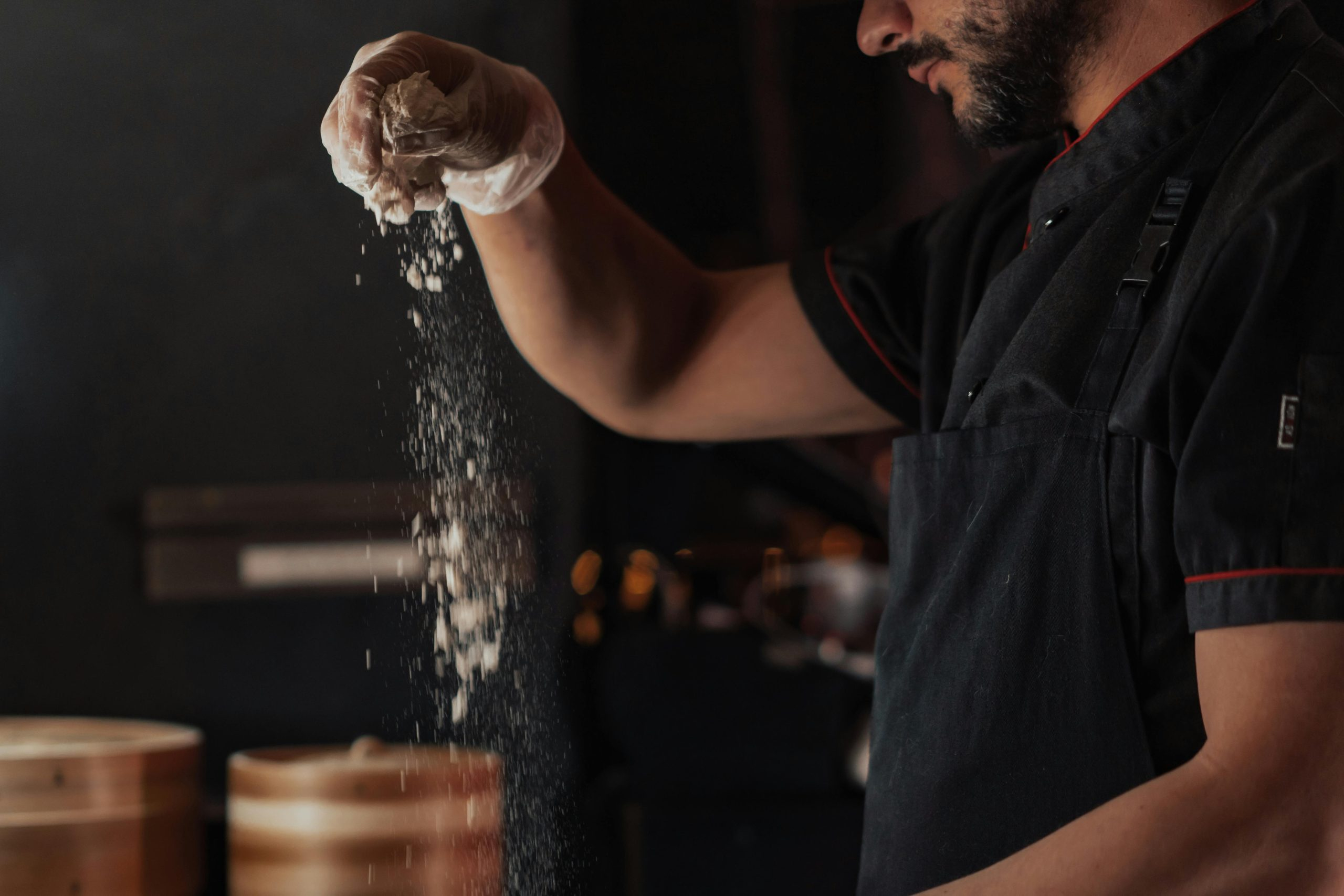Cooking for the Senses: Sound, Sight, and Texture
If you’re a food lover, you know that cooking is not just about creating a dish that tastes good. It’s also about creating an experience that appeals to our senses. And what better way to stimulate our senses than by incorporating sound, sight, and texture into our cooking? These three elements can elevate a dish from ordinary to extraordinary. In this article, we’ll dive into the world of cooking for the senses and explore how we can use sound, sight, and texture to enhance our culinary creations.
The Role of Sound in Cooking
The Power of a Sizzling Pan
Have you ever noticed how the sound of a sizzling pan can make your mouth water? That’s because sound has a powerful effect on our appetite. In fact, studies have shown that certain sounds, such as the sound of sizzling, can increase our perception of flavor. This is because our brain connects the sound to the sound of a delicious dish being cooked, triggering our taste buds to anticipate the flavor.
Cooking with Music
Another way to incorporate sound into your cooking is by playing music while you cook. Music has the power to affect our mood, and the right music can enhance our overall dining experience. For instance, playing upbeat music can make cooking a fun and energetic activity, while soothing melodies can make for a more relaxed and intimate dining experience. So, the next time you’re in the kitchen, consider adding a soundtrack to your cooking.
The Influence of Sight in Cooking
The Importance of Plating
We’ve all heard the phrase “we eat with our eyes first,” and it couldn’t be truer. The presentation of a dish can greatly affect our perception of its taste. Think about it – when a dish is beautifully plated with vibrant colors and artistic arrangement, it automatically looks more appetizing. So, take the time to plate your meals thoughtfully, and you’ll find that it not only enhances the visual appeal but also the overall dining experience.
Playing with Colors
Colors not only make our dishes visually appealing, but they also have an impact on our mood. For example, warm colors like red and orange can stimulate our appetite, while cooler colors like blue and green can have a calming effect. So, when plating your meals, consider the colors you’re using and how they can influence the overall dining experience.
Food as Art
Cooking can be seen as a form of art, and just like an artist uses a variety of colors and textures to create a masterpiece, a chef uses a variety of ingredients and techniques to create a delicious and visually appealing dish. So, don’t be afraid to get creative with your cooking and use different textures and techniques to make your dishes stand out.
The Role of Texture in Cooking
The Pleasure of Crunch
There’s something undeniably satisfying about biting into a crispy piece of food. That’s because our brains are wired to enjoy certain textures, and crunch is one of them. Experiment with adding different crispy elements to your dishes, like roasted nuts or fried vegetables, to add a new dimension of texture to your meals.
Creating Contrasting Textures
While having a variety of textures in a dish is important, the way they contrast with each other is equally important. A dish that is all one texture can be unexciting to eat, whereas a dish with a balance of textures can keep our taste buds interested and satisfied. So, try to incorporate both crunchy and soft elements in your dishes to create a balance of textures.
Playing with Temperature
We often associate certain textures with certain temperatures – for example, a warm soup is smooth and comforting, while a chilled salad is crisp and refreshing. By playing with different temperatures in your cooking, you can create an exciting contrast of textures. So, consider incorporating both hot and cold elements in your dishes for a tantalizing sensory experience.
Incorporating sound, sight, and texture into your cooking not only enhances the overall dining experience but also allows you to connect with your food on a deeper level. So, the next time you’re in the kitchen, don’t just focus on the taste, but also think about how you can stimulate your senses and take your cooking to new heights.










